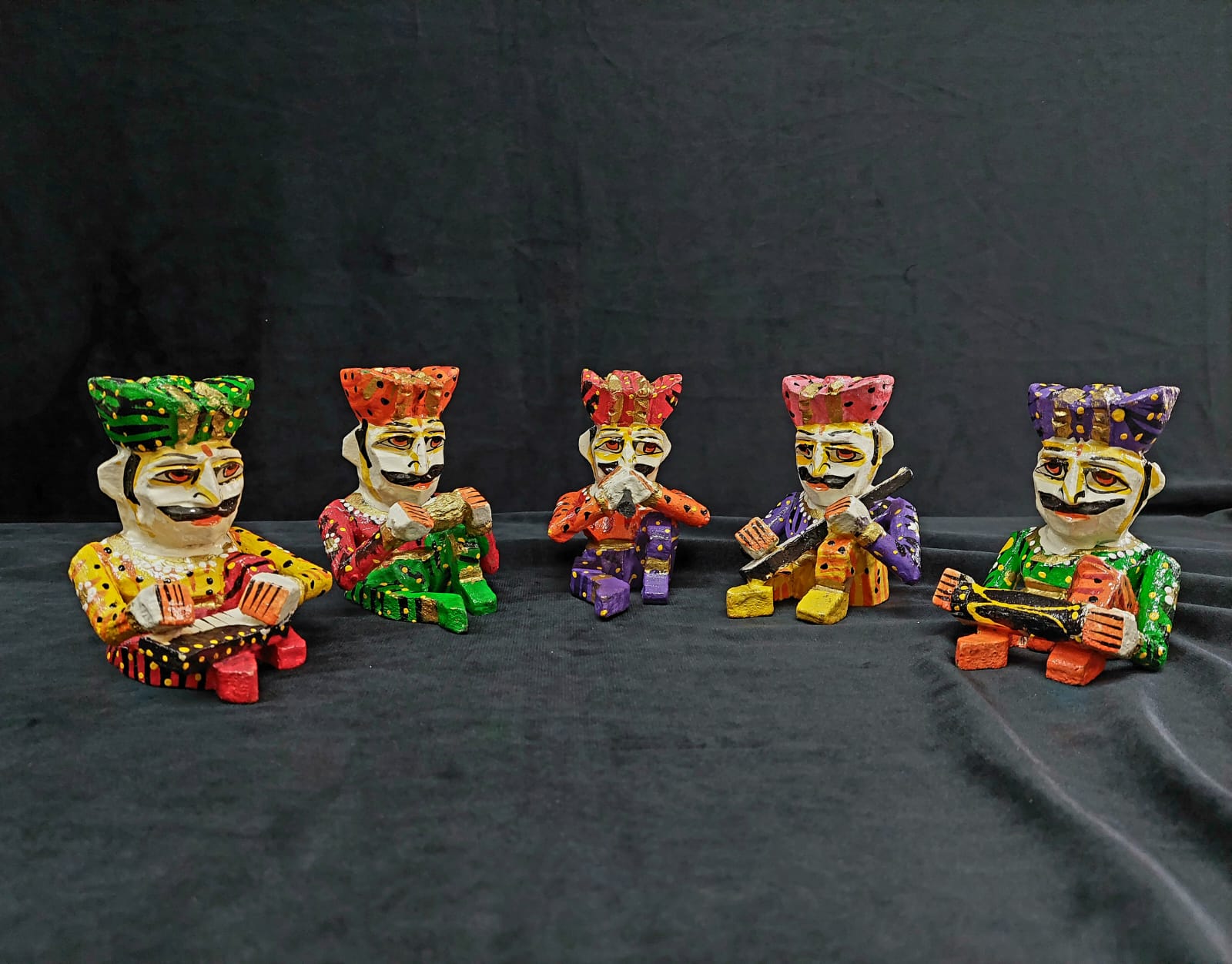Rajasthani Handicrafts: A Journey Through Time and Culture

Rajasthan, the land of vibrant colors, majestic forts, and rich heritage, is also renowned for its exquisite handicrafts that showcase the skilled craftsmanship and artistic prowess of its people. The state’s unique blend of culture, history, and creativity is beautifully embodied in its handicraft traditions. From intricate textiles to intricate metalwork, Rajasthani Handicrafts have captured the imagination of people worldwide. Let’s take a journey through the world of Rajasthani handicrafts, exploring their history, diversity, and cultural significance.
Historical Roots: Rajasthani Handicrafts
The origins of Rajasthani handicrafts can be traced back centuries, deeply rooted in the state’s history and traditions. The artisans of Rajasthan, often belonging to generations-old artisan communities, have preserved and passed down their skills through oral tradition and practical training. These crafts were initially developed to serve both utilitarian and aesthetic purposes within the royal courts and households.
Diversity of Crafts:
Rajasthan boasts a wide array of handicrafts, each with its own unique charm and technique. Some of the prominent crafts include:
- Textiles and Fabrics: Rajasthan is renowned for its exquisite textiles, including the famous Bandhani (tie-dye) and Leheriya (striped) fabrics. The state is also known for its intricately embroidered textiles, such as Kantha and Zari work.
- Blue Pottery: Jaipur, the capital of Rajasthan, is famous for its stunning blue pottery. Also, this art form involves using a distinct blue-colored glaze to create intricate patterns on pottery items like vases, tiles, and plates.
- Woodwork: Jodhpur is a hub for intricate wooden furniture and artifacts. The city’s woodworkers skillfully carve and shape wood into beautiful designs, often featuring motifs from local culture and history.
- Jewelry: Rajasthan is a treasure trove of exquisite jewelry, including traditional kundan, meenakari, and jadau styles. These intricate pieces often incorporate precious and semi-precious stones, enameling, and delicate metalwork.
- Metalwork: From the vibrant brassware of Jodhpur to the ornate silver jewelry of Udaipur, Rajasthan’s metalwork displays remarkable artistry. Also, the metalworkers create everything from decorative items to utensils using techniques passed down through generations.
- Miniature Paintings: Cities like Udaipur and Jaipur are known for their intricate miniature paintings. These artworks often depict scenes from mythology, folklore, and historical events, showcasing impeccable detailing and vibrant colors.
- Puppets and Toys: The colorful Rajasthani puppets, known as Kathputlis, are an integral part of the state’s cultural heritage. Also, these intricately designed puppets are used to tell stories from folklore and history.
Cultural Significance:
Rajasthani handicrafts are not just objects of beauty; they hold deep cultural significance. Also, they reflect the state’s history, traditions, and way of life. Artisans often infuse their crafts with symbols and motifs that hold special meanings within their communities. Also, these crafts also play a vital role in the local economy, providing employment to numerous skilled individuals and contributing to the state’s tourism industry.
Challenges and Revival:
Also, while Rajasthani handicrafts continue to enchant people worldwide, they also face challenges in the modern era. Mass-produced imitations and the decline of traditional artisan communities pose a threat to these crafts. However, efforts are being made to revive and preserve these traditions. Also, various governmental and non-governmental initiatives aim to provide training, support, and market access to artisans, ensuring the survival of these crafts for generations to come.
Conclusion:
Rajasthani Handicrafts Online are not just objects; they are embodiments of culture, history, and the artistic spirit of the people of Rajasthan. Also, these crafts have stood the test of time, evolving while staying rooted in tradition. They continue to be a source of pride for the state, a testament to the creativity and skill that define Rajasthan’s artisan communities. Also, as travelers and collectors explore the beauty of Rajasthani handicrafts, they also engage with a living heritage that connects the past with the present.



